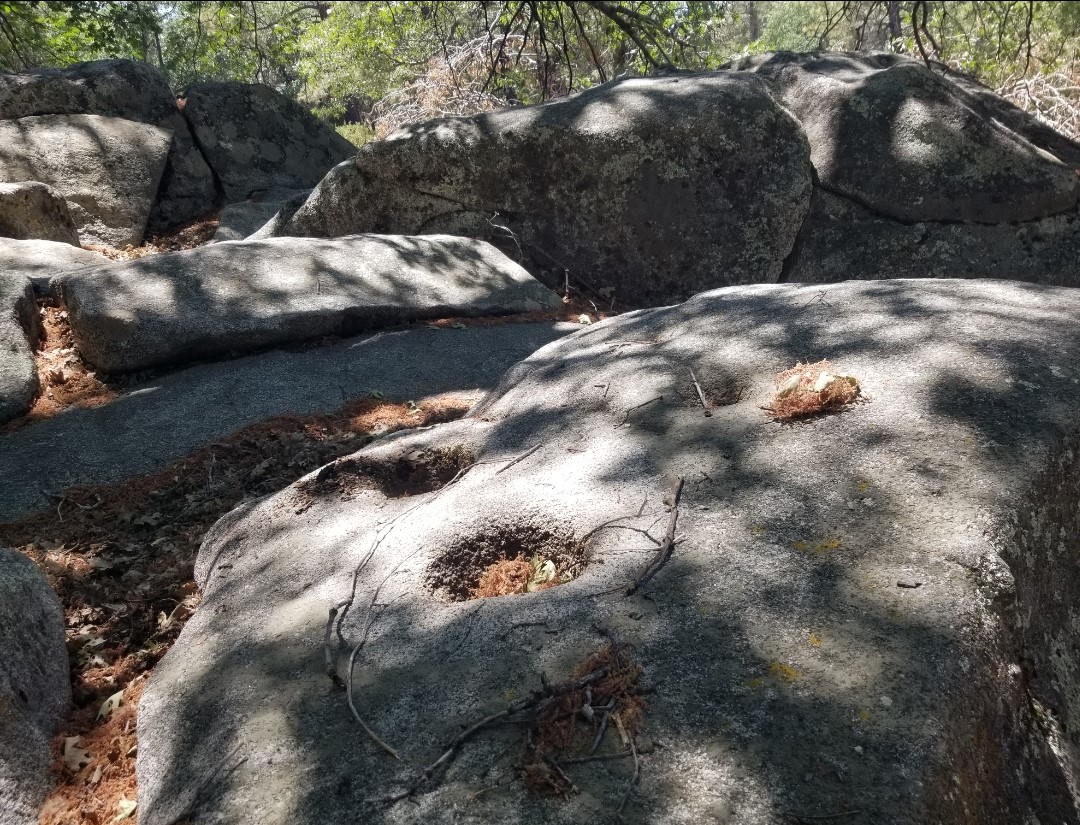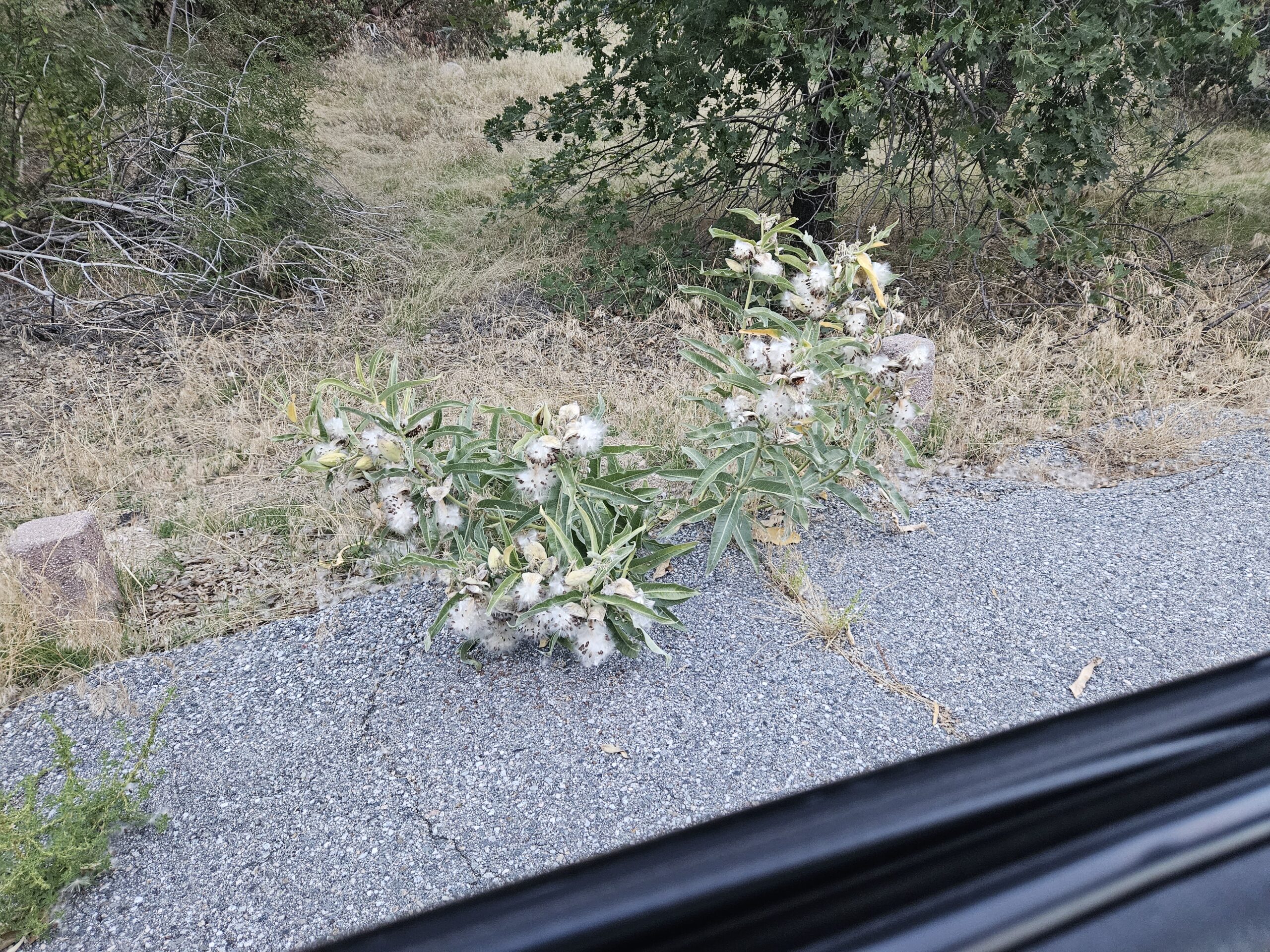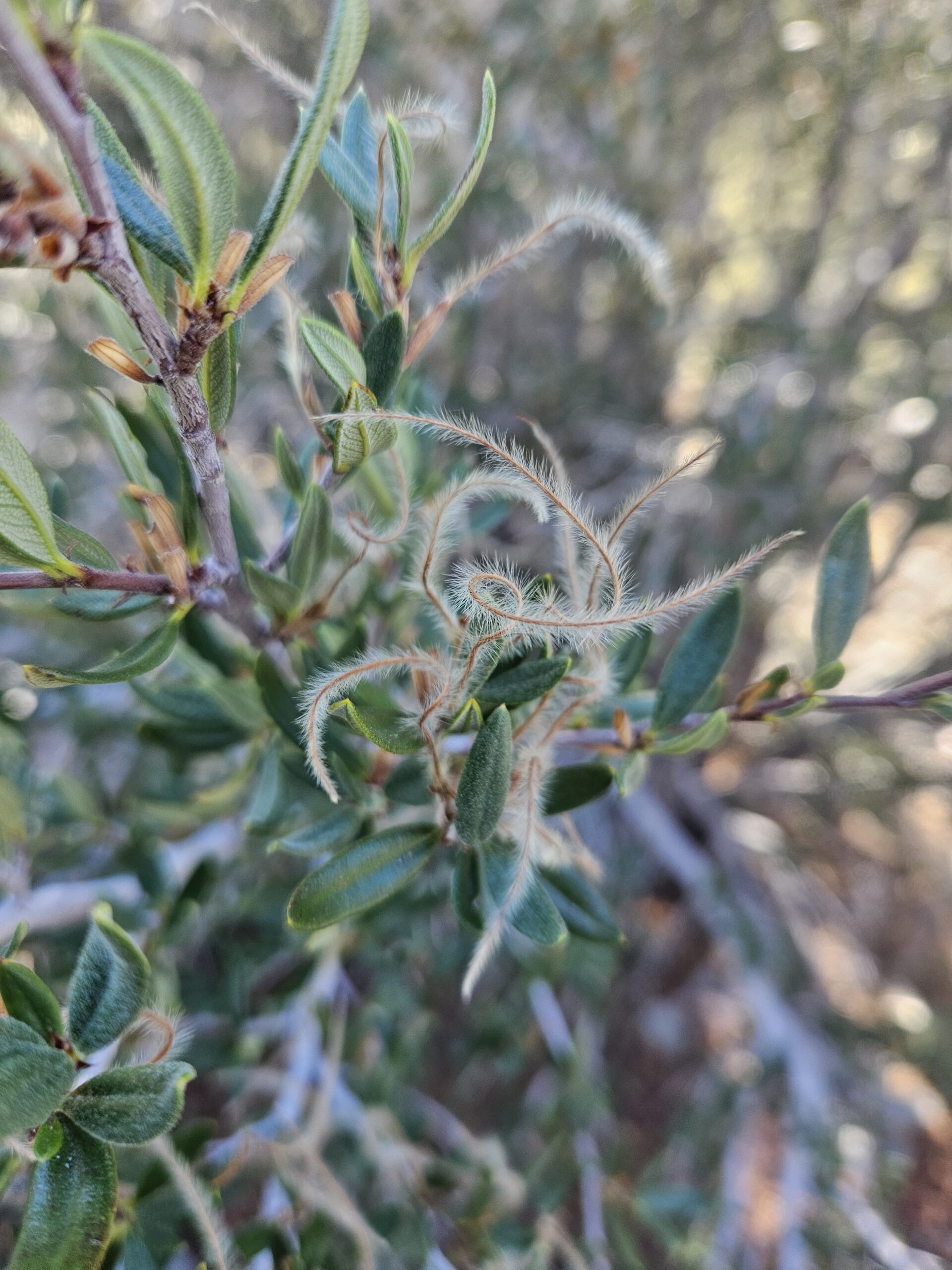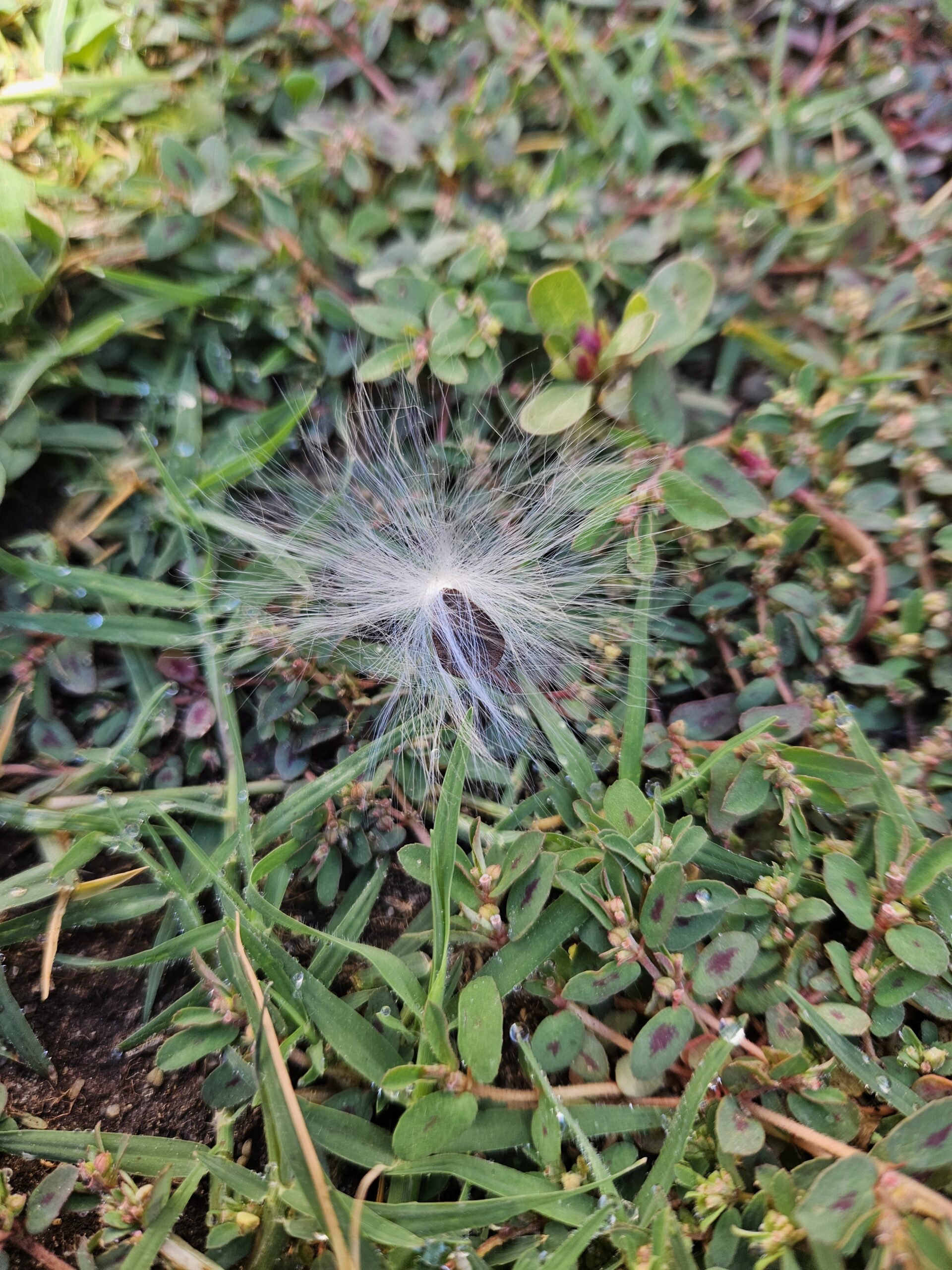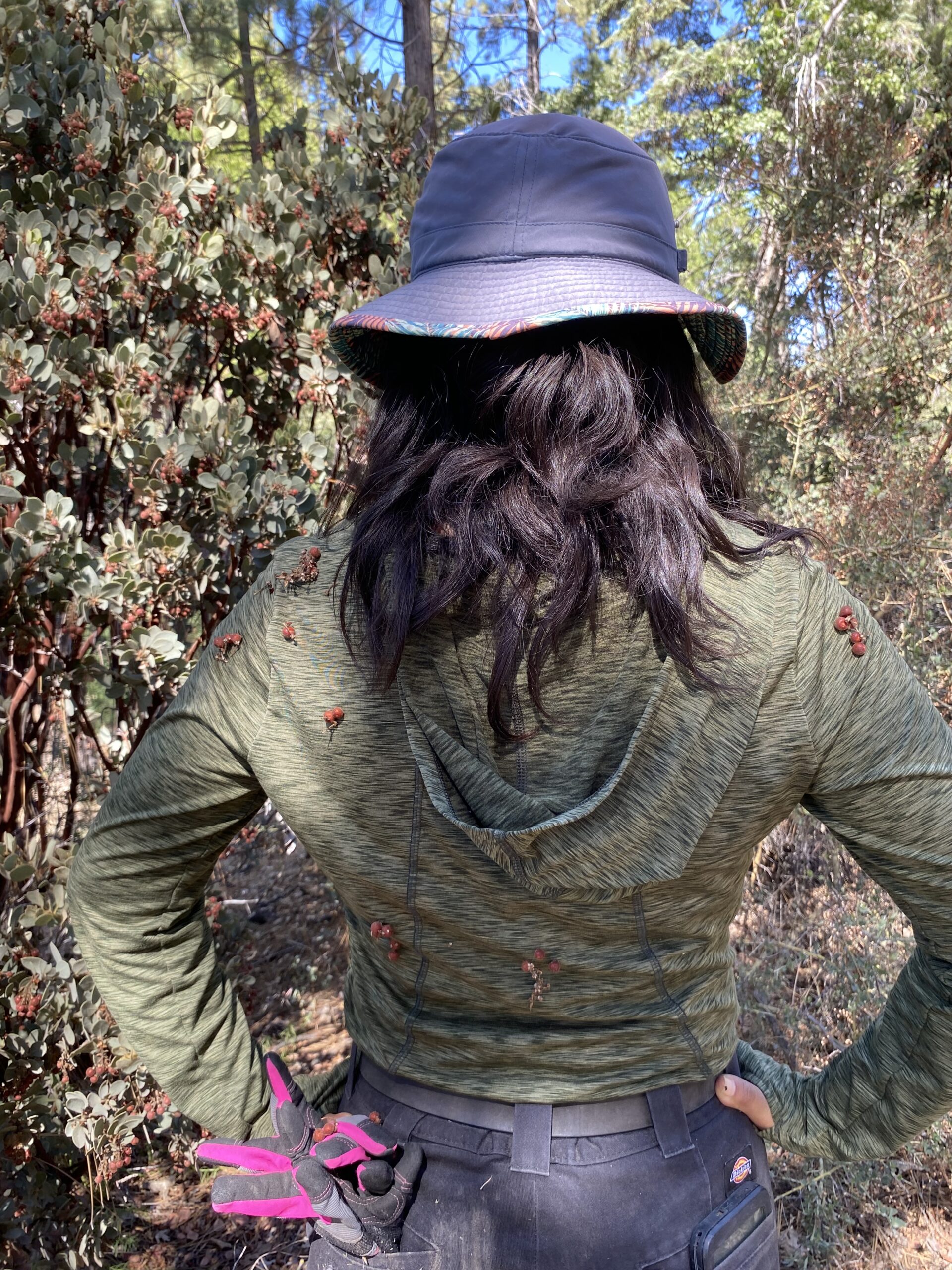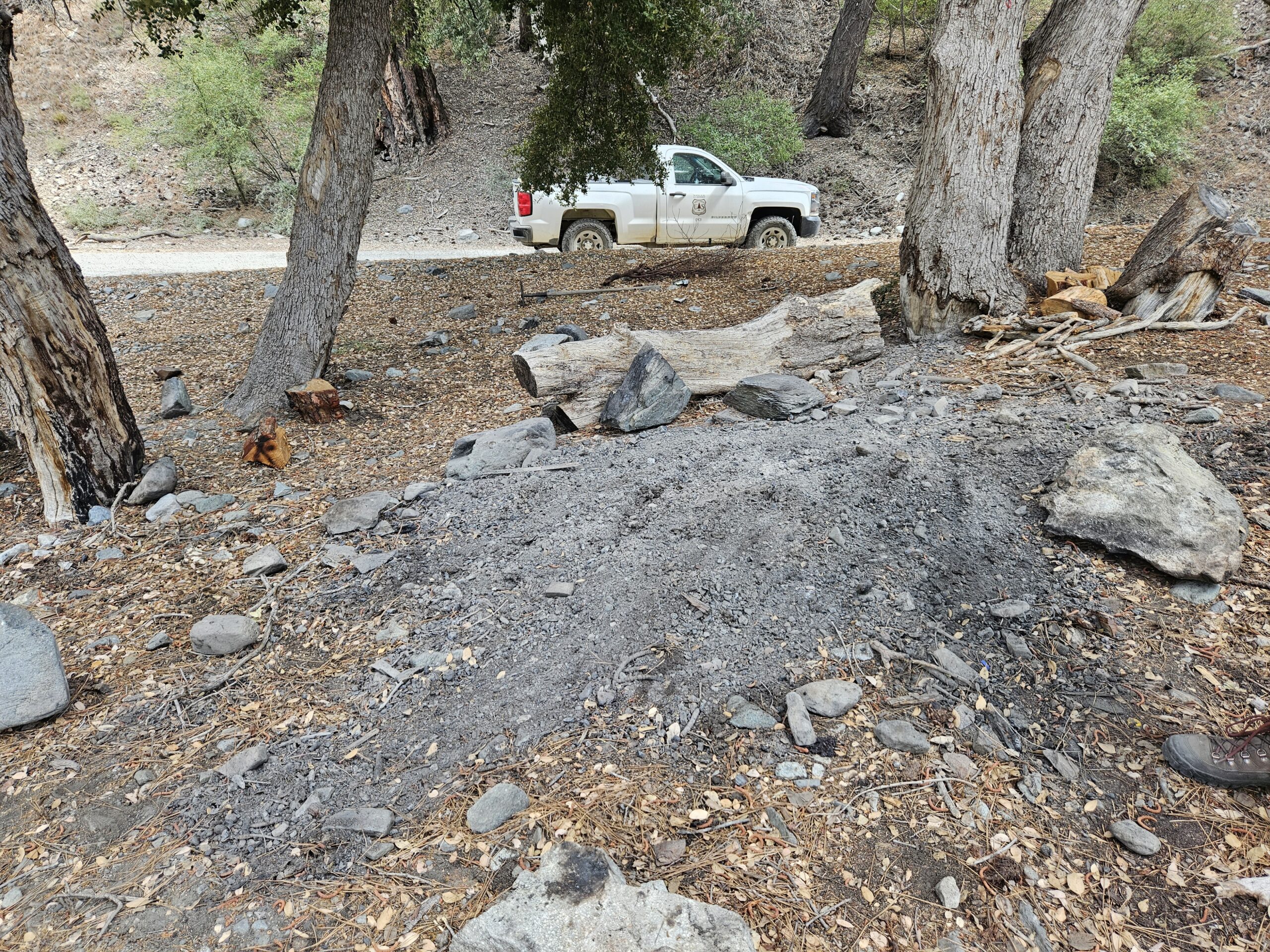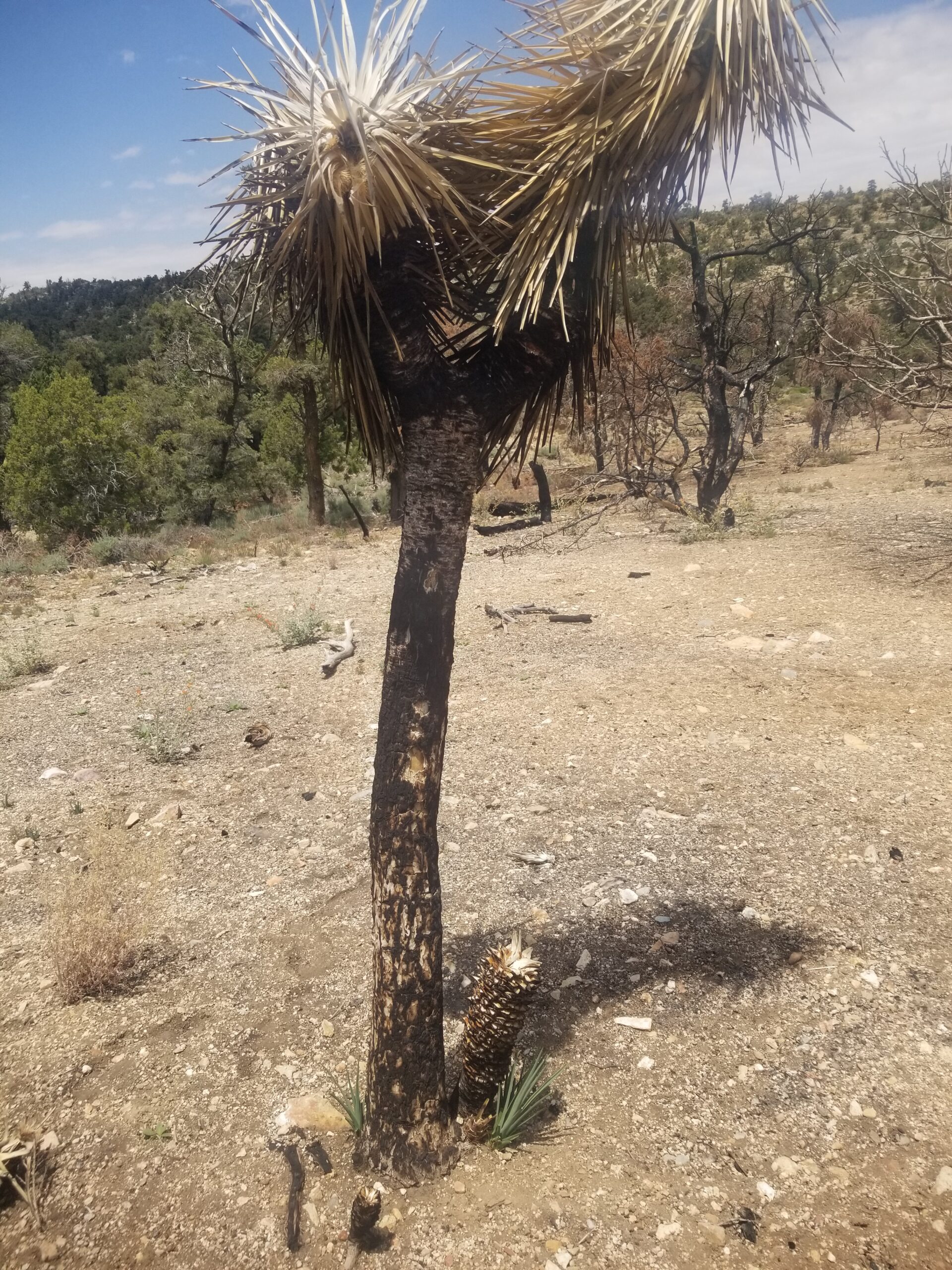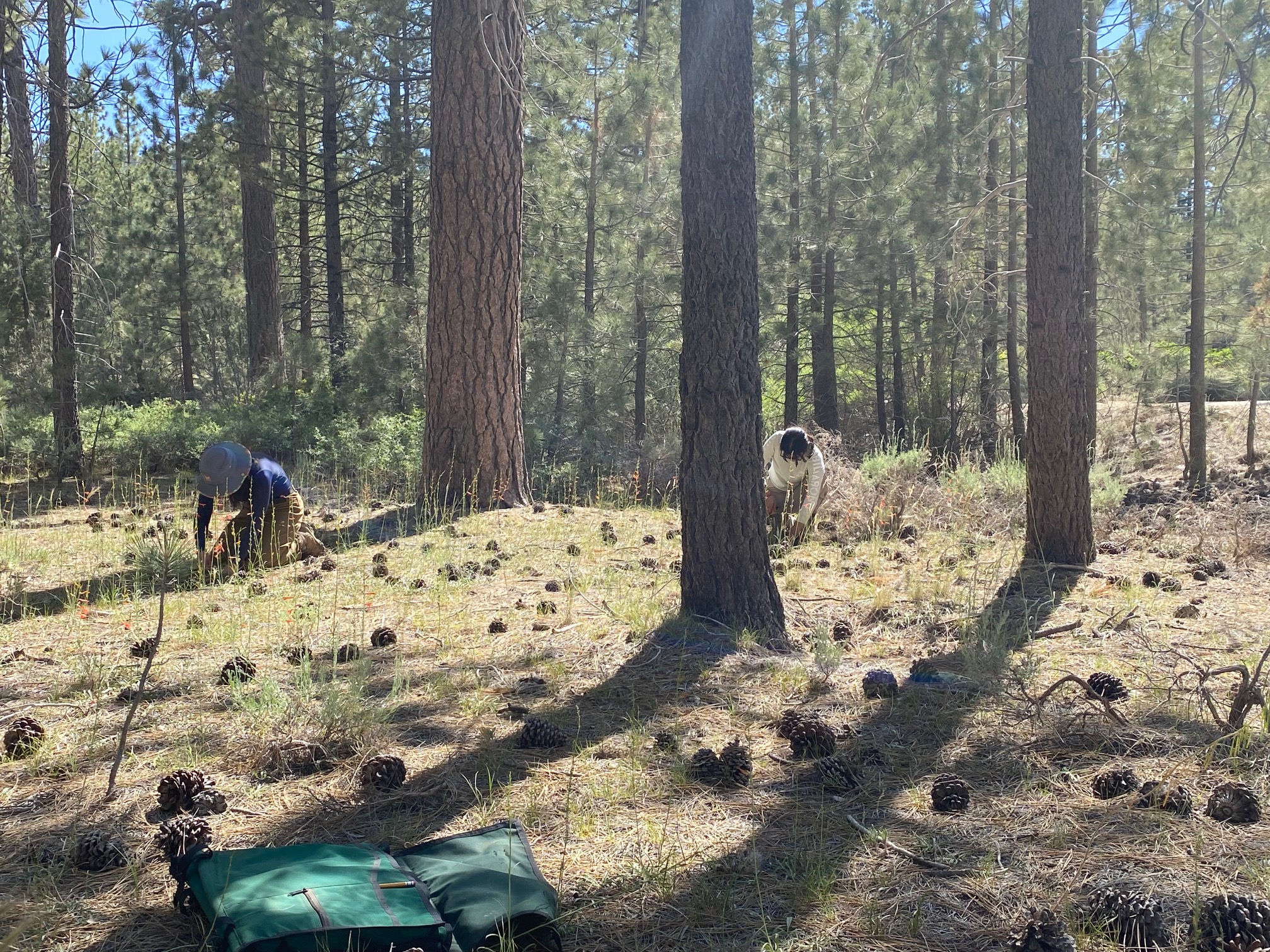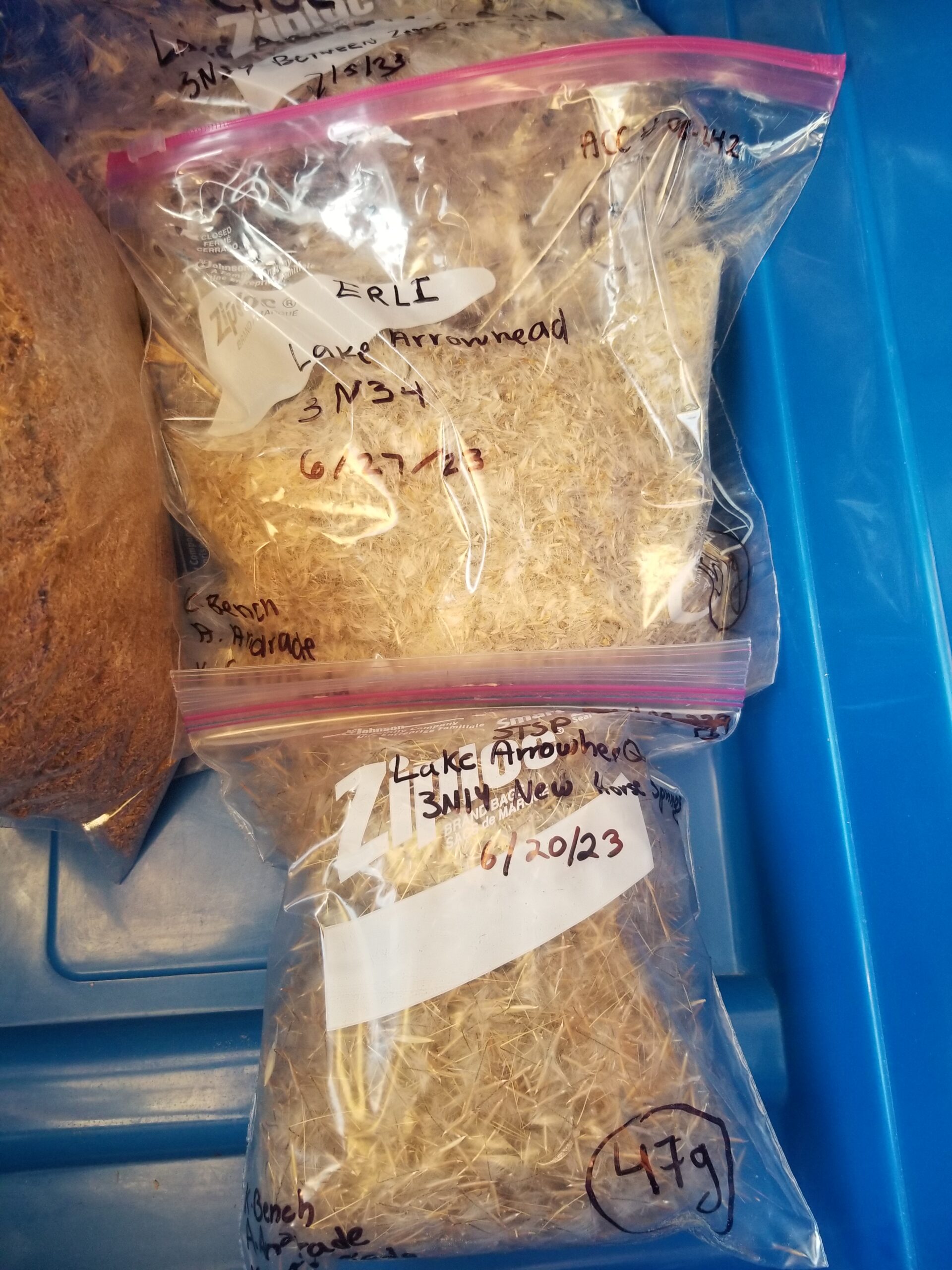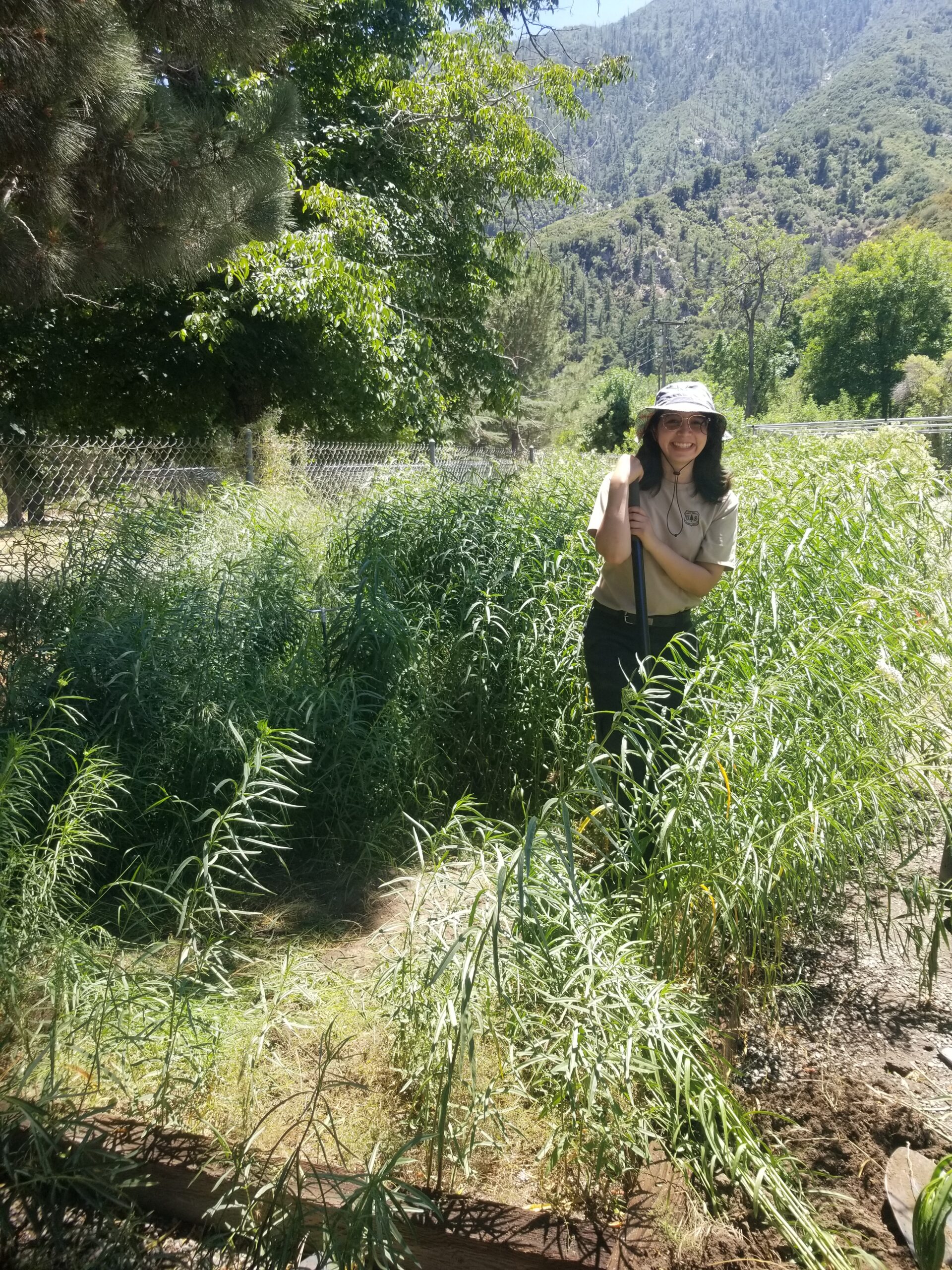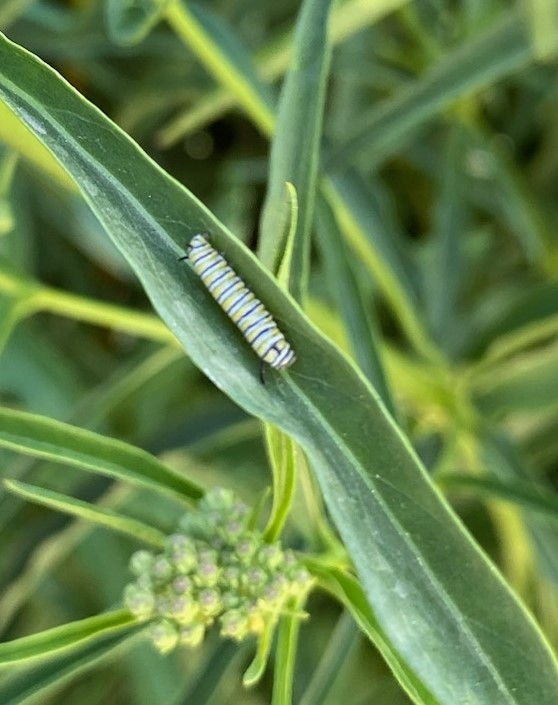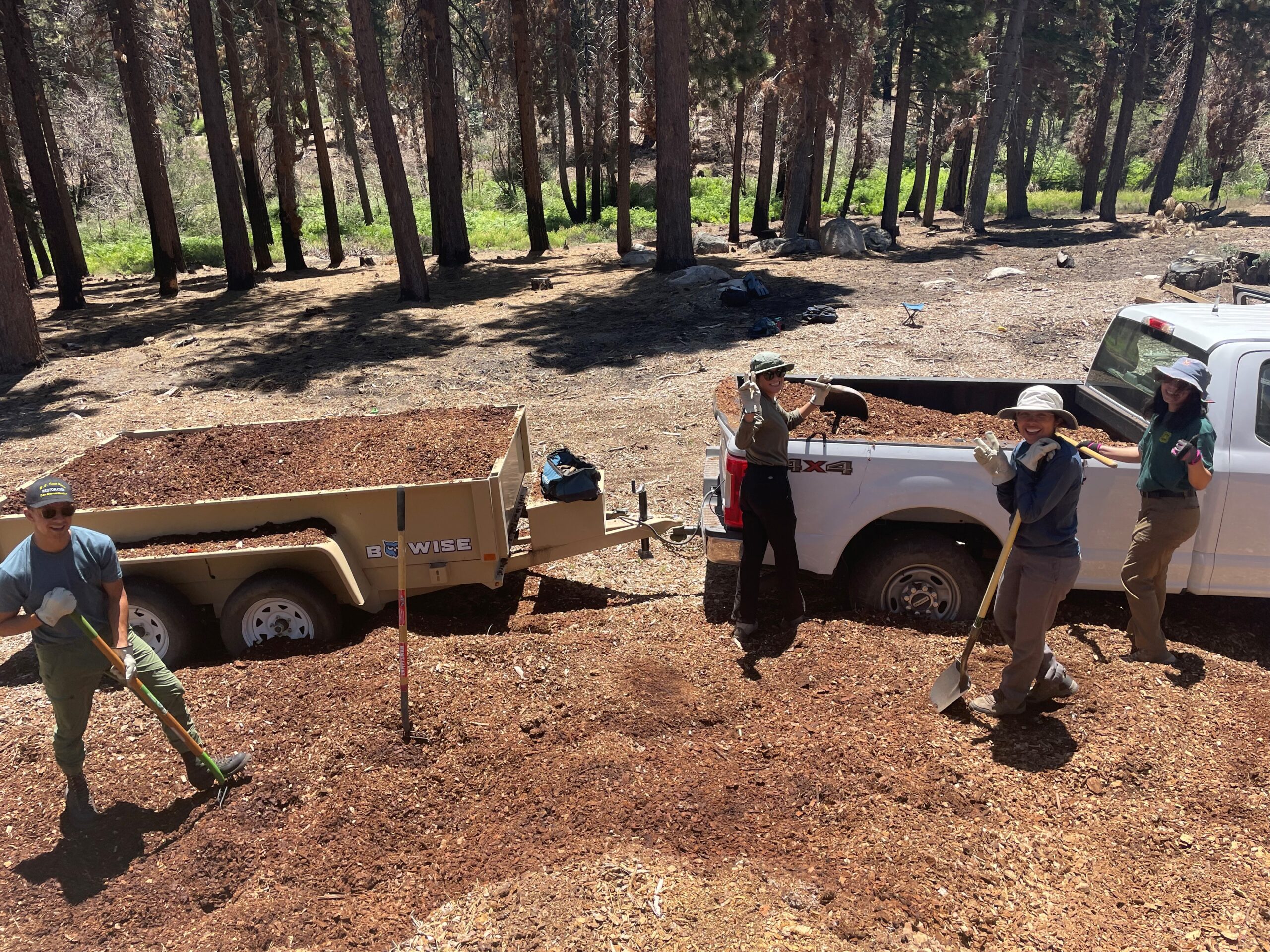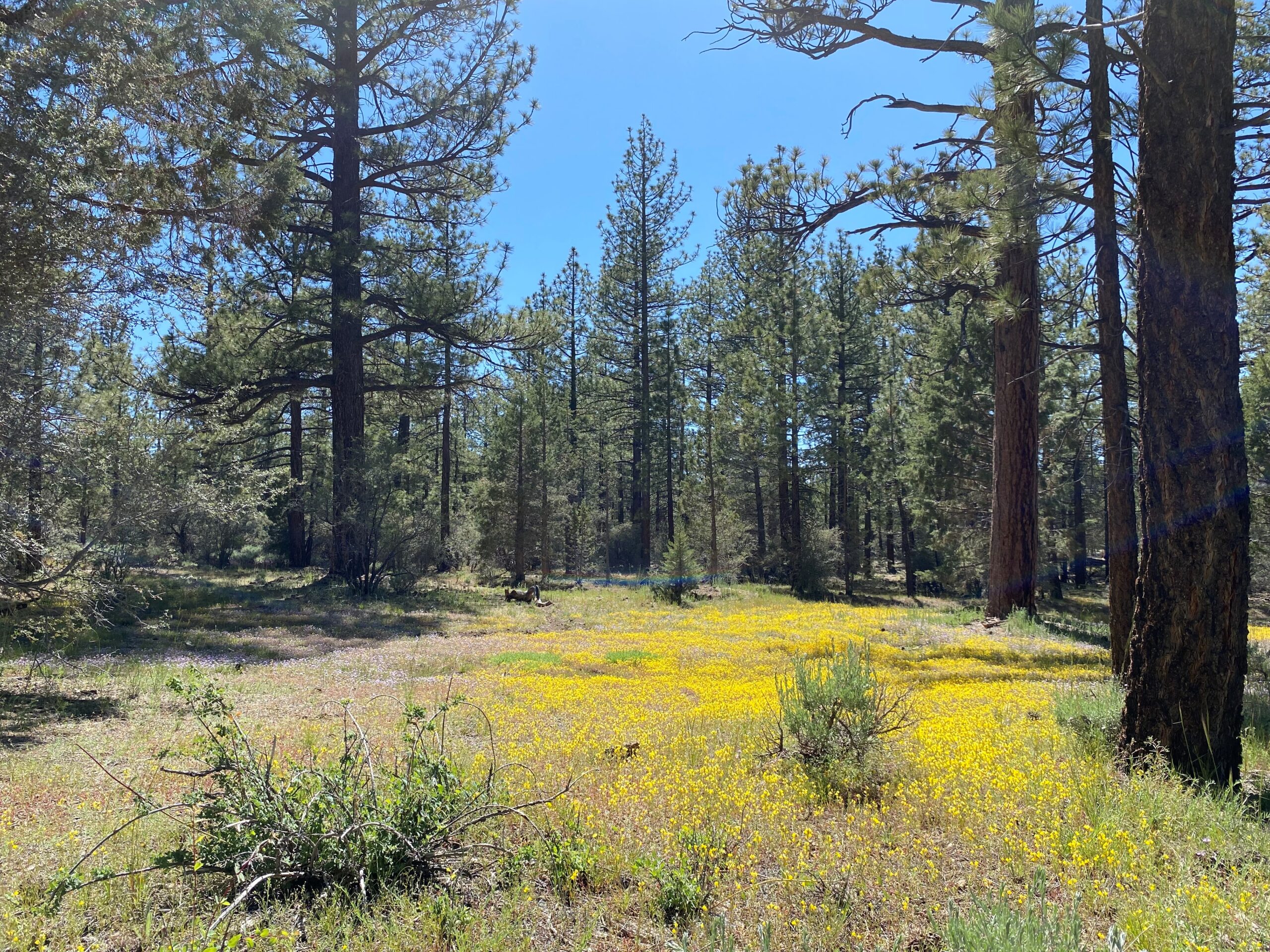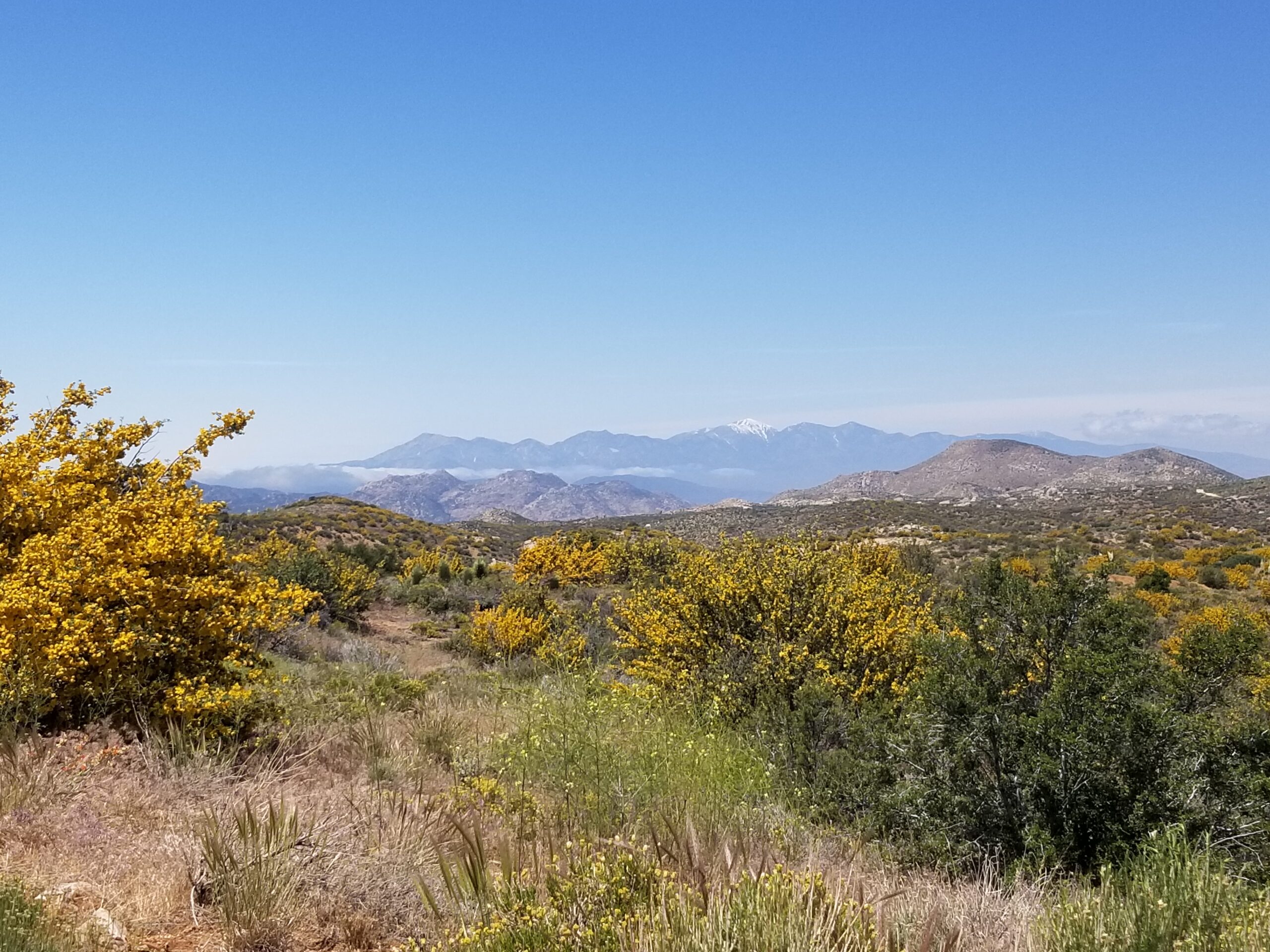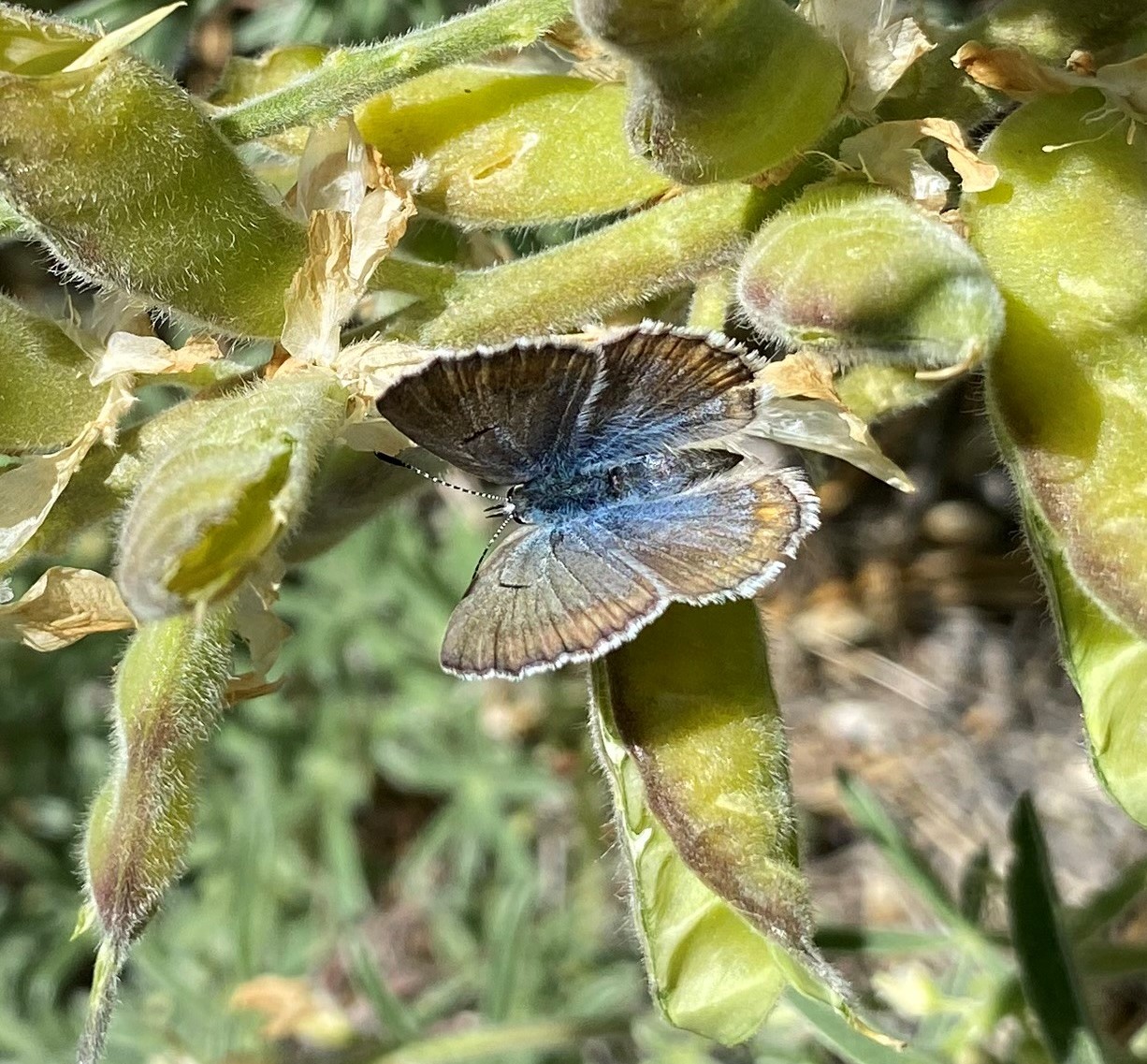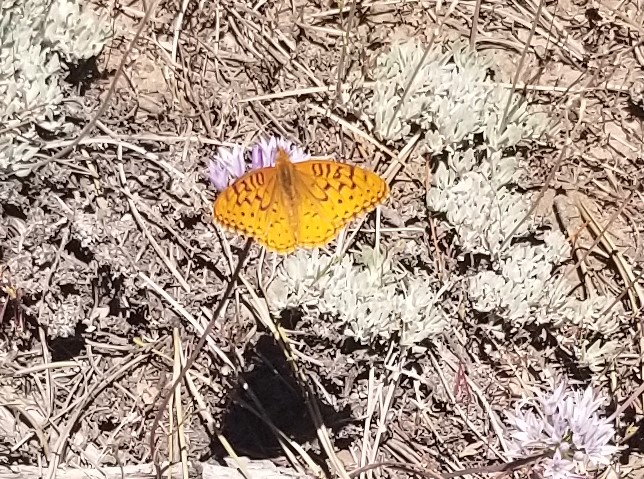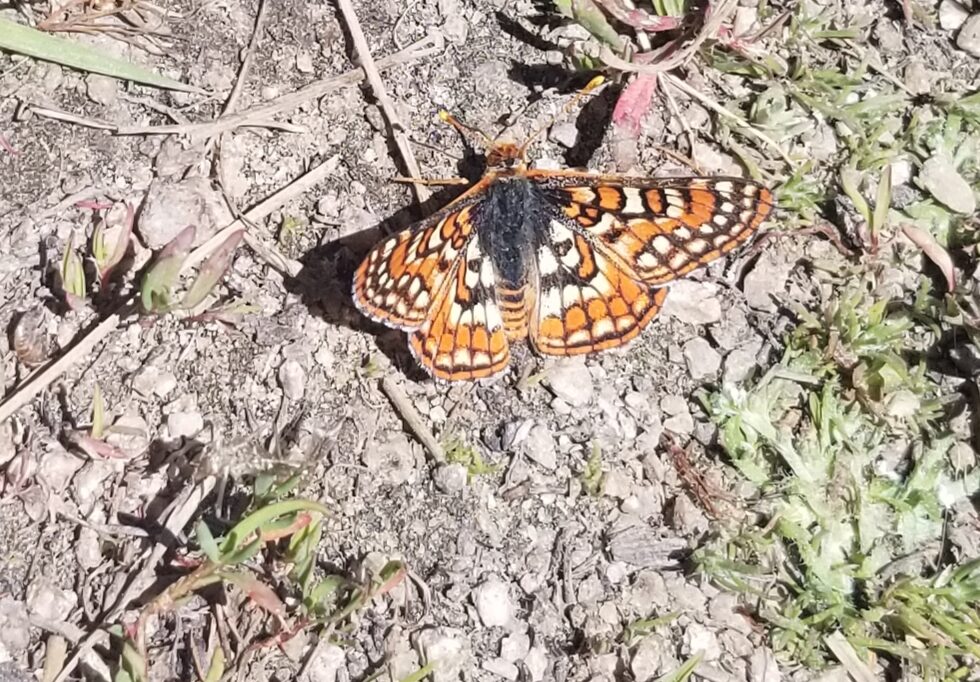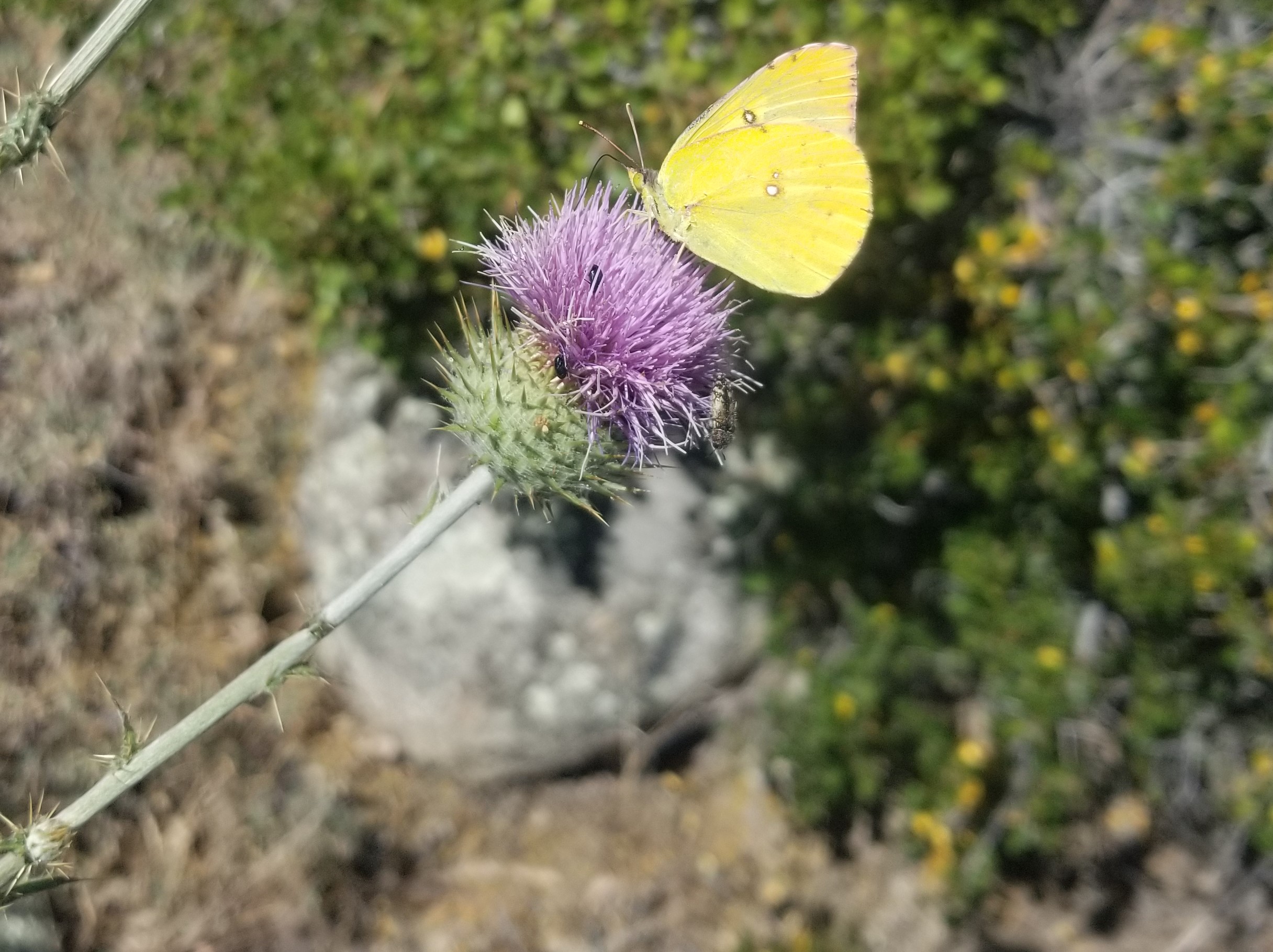The past few months on the San Bernardino NF have gone by fast and it has been an absolute pleasure both working and living in the surrounding mountain area. Before this internship I had never seen a forest before or the diverse habitats and species that can be found within. While I’ve been working here for the past 5 months and have increasingly become accustomed to the beauty that surrounds me, I still find myself breathless at the many scenic views that the forest has shown me. From the dramatic sunsets to the towering deep green pines, I am incredibly grateful that I have had the opportunity to experience the mountains beauty firsthand.

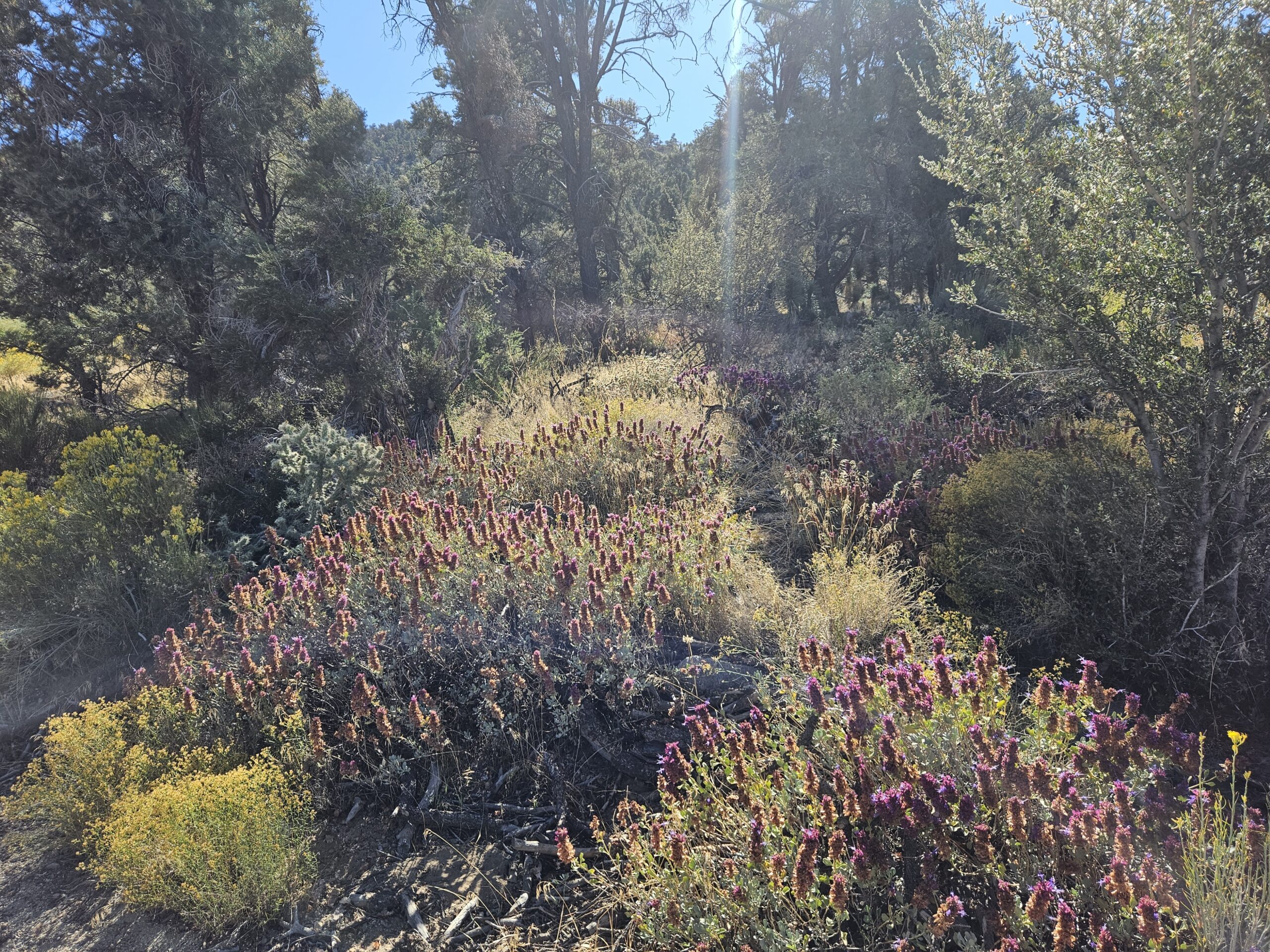
While the nature was one highlight, I can’t forget all my coworkers that made the season an absolute blast. I’d like to give a shout out to Kobe Bench and Diego Durand who were excellent mentors in helping us become acquainted in the diverse set of species found throughout the forest. They were incredibly patient in their teachings and taught us a diverse set of skills that we can continue to carry into our future careers. Working with them was always filled with laughter whether we were pounding in posts for fences on hot days, picking up a ridiculous amount of beer cans on OHV roads or shoveling mulch for restoration sites. Days rarely felt slow when working alongside them and I’ll miss being a part of their team. I’d also like to thank Drew Farr for being such a great mentor as well! It’s been awesome learning about the multiple facets that play into creating and executing restoration projects within the forest. All the work put into the greenhouse, the field, and seed shed all become worth it once you see a restoration project come to completion. While a majority of our focus was on botany or restoration, I’d like to acknowledge two other individuals that I learned a lot from, Julie Donnell and Jay Marshall. Karen and I had the honor in accompanying Julie on the 3-spined stickleback fish relocation project that occurred in Big Bear. It was so much fun spending a few days with the Fish and Wildlife teams on this project as we got to help catch the fish for relocation both manually and by using electroshock. While the electroshock method was unsuccessful it was neat to learn about how it works in stunning the fish and the necessary caution needed in the work (While we wore waders for this you could still feel the tingle of the current being put into the water which was rather ticklish!). A thank you to Jay as well who is our forests archeologist! It’s been lovely learning about the Native American history of the Serranos in areas throughout the San Bernardino NF. The times we accompanied him out in the field were always enjoyable as he would often educate us on artifacts, paintings, and metates that could be found in these archeological sites. Lastly, I’d like to give a big shout out to Karen for being such a cool coworker/fellow intern! I’m so glad we were able to meet and work together so well this past season. We’ve had a blast learning and troubleshooting together these past few months on keying species, greenhouse work, and much more. Overall, it’s been a fantastic season and I’ve learned so much from everyone I’ve worked with so far. As the season wraps up to a close, I look forward to my next adventure working as a Biological Science Technician in Nevada with USGS. I see this ending of the internship as not so much a goodbye but more until next time to everyone I’ve met so far! Goodluck to all the other interns in the other national forests! I hope you have had just as lovely as a time as we have!
Warm regards,
Ana Karina Andrade <3
